When you look at your Christmas tree, consider where it came from.
A look at the Christmas tree as a part of a woodland with a distinctly Carl Sagan-esque vibe.
I was always inspired by Carl Sagans recipe for apple pie, specifically the initial step – “first, create the universe". It makes the whole existence of everything seem so blasé. However, Mr Sagan missed out one salient point. Yes, creating the universe is the first step and we can assume that included the Earth, but he missed out the part of the recipe where we had soil. Without ecological succession there’s no soil and that means no plant life and that means no trees and that means no apple and that means no apple pie.
Then I looked at my Christmas tree and saw an opportunity to solve three pressing issues. First, post something. My writing over the last few months has been strictly limited to writing lesson resources at treeschool and I have a certain amount of “content guilt” to assuage. Secondly, wish everyone a merry Christmas because it’s Christmas tomorrow and thirdly write something about ecological succession because despite being told by everyone around me at treeschool to switch off for Christmas and relax, when something needs to be authored, then something needs to be authored.
Ecological Succession
Ecological succession (herein called succession) refers to the impact of time on a given habitat where pioneer species establish with minimal diversity themselves only to be eventually usurped by climax species with maximal diversity. There’s two currently accepted flavours of succession and they are primary and secondary. Primary succession is the name given to the process when there is no soil present at the start of the process. The two most common situations for this are when a glacier melts (such as what happened in Europe about 14,000 years ago) or when a volcano erupts and creates a new layer of fresh volcanic rock. Secondary succession is what happens when the soil layer is already present. Common scenarios for secondary succession include fire, flooding and at a push you could even probably claim that that clearfelling a large area with heavy forestry machinery would qualify.
I’m talking about primary succession, so let’s hop in a time machine and deposit ourselves into northern England around about 12,000 bc. Forgive the AI generated images – drawing these scenes is hard and we didn’t have humans with cameras 14,000 years ago.
The Ice Melted

Pay attention to the layout of the land. The hard dramatic geometry of the valley sides where abiotic factors such as wind, rain, frost and lightning have yet to soften the angular primitive geometry. It’s harsher than the wacky fast techno I hear youths playing in their overly expensive insured cars.
We see clusters of rocks and boulders and these are important primitives in the primary succession process. But there is no soil. Yes, there are some straggly plant looking things, but let’s ignore them because I couldn’t get AI to not include them.
No soil – side-quest time1…
Soil
Rarely, if ever, do you consider the origins of soil. It is one of those things that are “just there”. Mr Sagan certainly assumed soil would be present. The thing is though, soil doesn’t just happen. Soil is made and like everything that is made it has a process. From a natural origins perspective, the soils that make up our ancient woodlands are thousands of years old and (assuming human industrial interventions are positive) they really will get better with time. But what is soil I hear you ask?
There are two categories of material that constitute soil. Inorganic material and organic material. At a simplistic level inorganic translates into sand, clay and silt. Organic material refers to dead plant tissue, bacteria as well as the invertebrate population which are called “detritivores". Layers of soil are called horizons but you don’t get horizons straight away. They take hundreds perhaps thousands of years to appear. We’re jumping ahead by talking about horizons though. Because we don’t even have soil yet.
Where does the soil come from?
Rock
Sand, clay and silt all come from the breakdown of rock over the course of time. Now I could take a massive side-quest into the composition of rocks and how rocks “flow” but I want to finish this post before Christmas and so I’ll simply state that rocks are made of minerals (quartz, feldspar), mineraloids (jet, amber, pumice, obsidian) and organic matter (coal, peat). I may be insulting geologists, but I’d describe a rock as a detached section of earths crust. The exact composition of any given rock depends on the section of crust from which it ultimately detached.
But how does the rock get broken down?
Let us start off with this rock. It looks like it was formed with gas bubbles in it, but as you can see there’s just the rock. There’s no algae, lichen, moss or liverworts living on or next to it. It is just the rock. Let’s fix that.
Pioneer species of algae, lichen, mosses and liverworts take up residence on the rocks and secrete enzymes that speed up the breakdown of rock into small particles that are carried off by the wind, washed off by the rain or just fall because of gravity. We can note that the rock is less pitted because it is being smoothed by the action of organic population on the rock surface.
But what about the weather how does that play a role?

Over time as the rain freezes and thaws on the rock, tiny cracks will start to form. As the sun heats the rock and as time passes this combined weathering action expand the cracks. This expansion will eventually cause sections of rock to break off and become smaller rocks. In our example we can see that our rock is smoothing out and the resulting sand, silt and clay has fallen to the ground to give habitat to a pioneering mosses and primitive non-vascular plants. We’re a long way from Christmas trees though.

As the rocks split and surface area for organisms expands, the populations of bryophytes (non-vascular plants such as mosses and liverworts) and tracheophytes (vascular plants such as grasses and flowers) grow and the entire process accelerates. Our once lonely rock is now smaller, massively fragmented, weathered and sitting in a at least an inch or two of primitive, low quality, but viable-at-a-push-soil. The organic materials of the new soil are provided by the decaying of the dead pioneering organisms which are being recycled back into nutrients thanks to mites, springtails and beetle populations.
And that ladies and gentlemen, is both how we come to have soil and also the end of the side-quest.
We Have Soil (kinda)
At last we have soil and we can see that we have a the basics of a ground layer forming in the landscape. We can also note the hard geometry of steep valleys is being softened into a something less described as a cliff face and more fitting in with a “challenging hill”. But we still have no trees or plants.
All is not lost though because even though the soil is thin and primitive, it is definately soil. It is also becoming increasingly fertile and likely heading towards being “a good loam”. A quality general purpose soil is often referred to as a “loam” and in a basic sense “loam” means equal parts sand, silt and clay with a smattering of organic matter for water retention and nutrient availability.
As time passes, the winds blow and the ever warming climate becomes hospitable to birds that carry seed, we begin to see the first glimpse of a woodland starting to appear.
If I was being pushed to give some kind of time reference here, I’d say we are now at about 9000bc-Ish. Give or take a Millennium or two.
Wind Pollinators
After the ice sheets melted and glaciers retreated, it was still pretty cold. This made for a poor home for insect pollinators, so they were few and far between in northern England. For comparison, just have a think how many bees and wasps you see kicking around on a frosty January afternoon? Sure, we have some birds kicking around during the winter months, and there’s certainly insects at the ground level, but not so much of the airborne pollinating insects.
In our landscape, we can note a few distinct changes happening. We now have the first signs of a woodland layers being established. We have the ground layer (everything generally below 10cm including the soil) and the beginnings of the field layer (10cm –1m), which will eventually grow to become the shrub layer (1m - 5m) and finally we will get the canopy layer (everything over 5m). Small beginnings though, because we’re just seeing the first examples of Betula nana and Pinus sylvestris (scots pine is the common name in UK, but it is also known as Norway pine if you’re from that neck of woods) saplings establishing themselves. Both of these species are wind pollinated and can tolerate poor quality (in relative terms) soils.
One particular thing about Birch (Betula) is that the genera are short lived with bark that is very waterproof. Birch is a short lived pioneer species that will grow in pretty much any soil. It has a maximum lifespan of about 80-100 years. Typically life is a lot shorter for birches and about 20-50 is more probable. They have a very close relationship with two decay fungi - Fomitopsis betulina and Fomes fomentarius. When a birch tree reaches a certain point in its life it will likely succumb to rapid colonisation by one of these two fungi. Because birch bark is waterproof (birch bark is used in many cultures for canoe making for exactly this reason) all of the moisture remains in the tree stem after it falls and it is prevented from drying out. The wet environment of the dead stem is perfect habitat for rapid fungal decay of the internal wood (a.k.a. xylem tissue) (cellulose and lignin). In a matter of years, the once solid woody tree is rapidly transformed into a delightful soft damp habitat for detritivores. They convert the once strong upright tree into a very high quality organic mulch for the soil.
The soil quality improves, which opens up the area for more species, which improves the soil. Nature has created a positive feedback loop.
Pioneer Species

This positive feedback loop means that the soils get better and the presence of local pioneering tree species kicks off a cycle of natural regeneration and expansion of the tree population further north into the now hospitable land. Let us not forget that we have only really came about four to six thousand years from the ice sheets melting and glaciers retreating. We’re still not quite at the point we have mesolithic communities doing their hunter gatherer thing yet en masse, but we’re not far off.
In terms of our landscape we have hardly any hard geology based geometry left and the hills are now a rolling cascade of mostly fertile soils. We have ground, field, shrub and canopy species. To all intents and purposes, you could have probably felled one of the scots pine and took it home as your Christmas tree. However, you’d need to wait a good seven or so thousand years for a chainsaw and a truck. The crude oil was ready though.
In our landscape we can see that we now have a vibrant and healthy population of tree species with the best of both worlds. The birch enhances the quality of the soil and is short lived, where as the scots pine is longer lived and provides stable year round habitat for species returning to the once frozen lands.
Before the ice age covered northern England and Scotland in ice, there was an abundance of species from all parts of the animal and plant kingdoms. In fact, most of what is present throughout the warm central parts of Europe would have likely been present in England and Scotland with the exception of the northern most boreal forests. When the ice age started, the species retreated back to warmer climates. This technical term for this retreat is called “refugia”. So when the tree species started to return they were described as returning from refugia.
If you’re particularly savvy you may be thinking, how did the trees cross the English channel? This is a good question. There was technically no “England” in any sense of the word at this point in time. Below is a map of Europe that covers the very early Mesolithic period of about 8000bc. On a modern map, Doggerland features where you’d expect the North Sea and the English channel is nowhere to be seen.
The commonly accepted explanation of the creation of the English channel is a mixture of fresh water run off created by climate change and a series of massive landslides originating off the coast of Norway referred to as the “Storegga Slide”. The slides are thought to have created tsunamis which flooded Doggerland. As Doggerland flooded, it sank and continued sinking until England separated from Europe creating the English Channel.
In arboricultural and silvicultural terms, whatever tree species (33 of them) had made it back from refugia when the English channel was fully formed about (7-6000 years ago) are now considered to be British Natives.
But what about our landscape and our little AI generated landscape?
Climax Species
We started off with a barren tundra with no soil. We then looked at the process of how soil is created by looking at a single rock decay into soil and how species of bryophytes and tracheophytes took up residence in the freshly created habitat. We then watched as the field layer came into existence from the ground layer and then how the pioneer tree species brought about the shrub layer and the canopy layer. It is now nearly time to finish off this journey into how we came to have soil for our Christmas trees. If you want a time frame of reference for this image then let us go with about 1700ad on the grounds that there’s an abundance of grazing land in the background.
Our landscape has once again changed. For some reason the AI has decided to shift the camera angle and we’re now up on the hill as opposed to being in the valley, but more importantly we can see a shift in species. Where there was once birch and Scots pine populations, we now have oak and hazel populations. We still have our rocks doing their slow soil creation, but we also abundant ground, field, shrub and canopy layers. The main point here is that where we once had a few select pioneer species, we now have a broad range of climax species and are approaching a concrete example of maximal diversity in a very strict ecological sense.
Climax species are typically much longer lived than pioneer species. Common oak (Quercus robur) can live for up to one thousand years given the right conditions. This is ten times more than an ideal birch tree can live for. But you cannot start off with climax species, there’s an order of things that has to happen. You need the climate, you need the soil, you need the pollinators and you need the ecosystem. This is less about planting an oak tree in year one and expecting a woodland in year twenty. This is more about allowing an environment to naturally create itself from year one and expecting an oak tree somewhere between year seven hundred and one and half thousand.
Below is a photo of an upload oak woodland in Northern England called Jonnys Wood. The AI was pretty bang on the money. I think this woodland may be one of the few remnants of truly ancient woodland left in England.

Wrapping Up
Given the Christmas eve context, let’s wrap this up. The Christmas tree that you have in your house whether it is real or fake (ours is fake, and it’s a fake birch tree at that) is a complex plant that comes from a particularly complex series of requirements. Even to get to the point where there was soil for it, likely took about a thousand years before it could support trees.
So when Carl Sagan said, “First, create the universe”, he was correct but he missed out the one and half thousand years or so that it would take to get the apple tree to give us fruit. To go from the bit where there is no soil, to the bit where there is soil, to the bit where the pioneer species have come and gone and left us the majestic climax community is called primary succession. All plant life as we know it on Earth, depends on that process as it gives rise to the soil which then gives rise to everything else that grows from it. Which is arguably, everything that you can currently smell, see, touch, feel and more relevantly given the time of year - eat.
So when you’re looking at your Christmas tree this year, think on that. One and a half thousand years. That’s a long time.
Almost as much time as it takes me to write posts these days.
Thanks for reading and I appreciate your attention.
Merry Christmas,
Cheers,
Jamie.
I teach mainly 17-20 year olds at treeschool. I am learning the vocabulary by proxy and I am also learning how it makes them cringe when I use it. So I use it as much as I can. A side-quest is modern youth speak for the process of engaging in a task that is secondary to the matter at hand. It’s a “computer game” term.



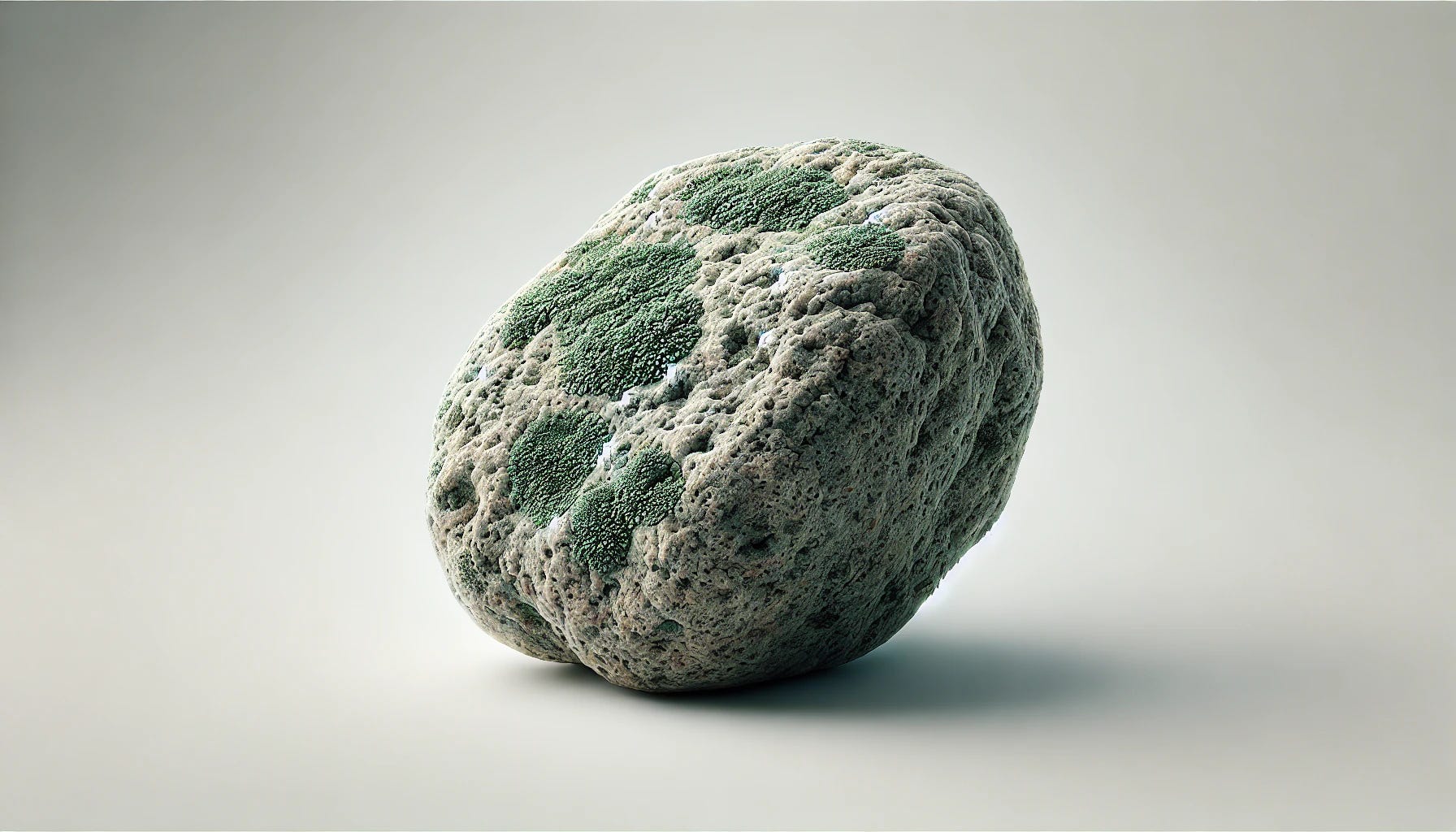
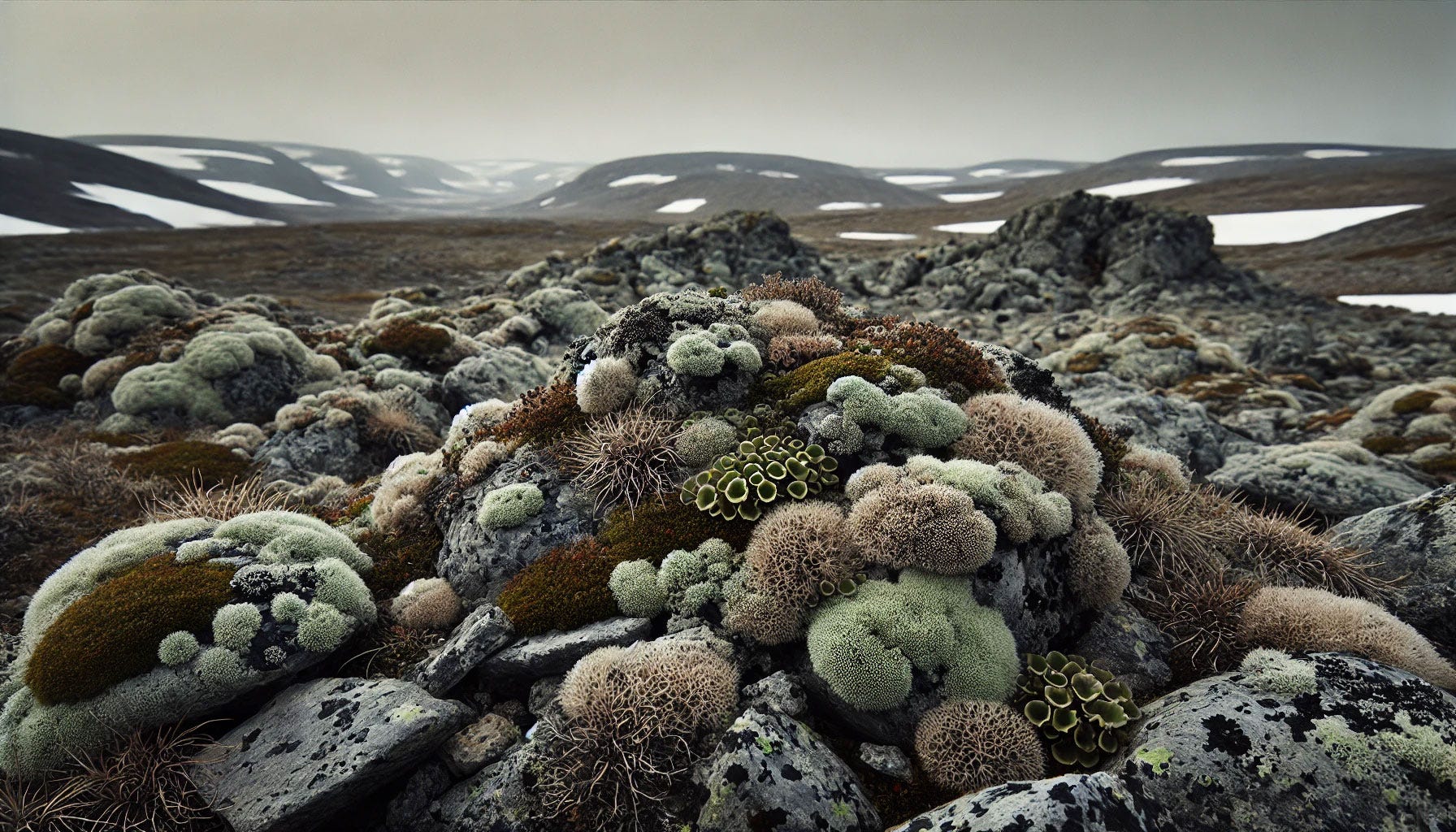
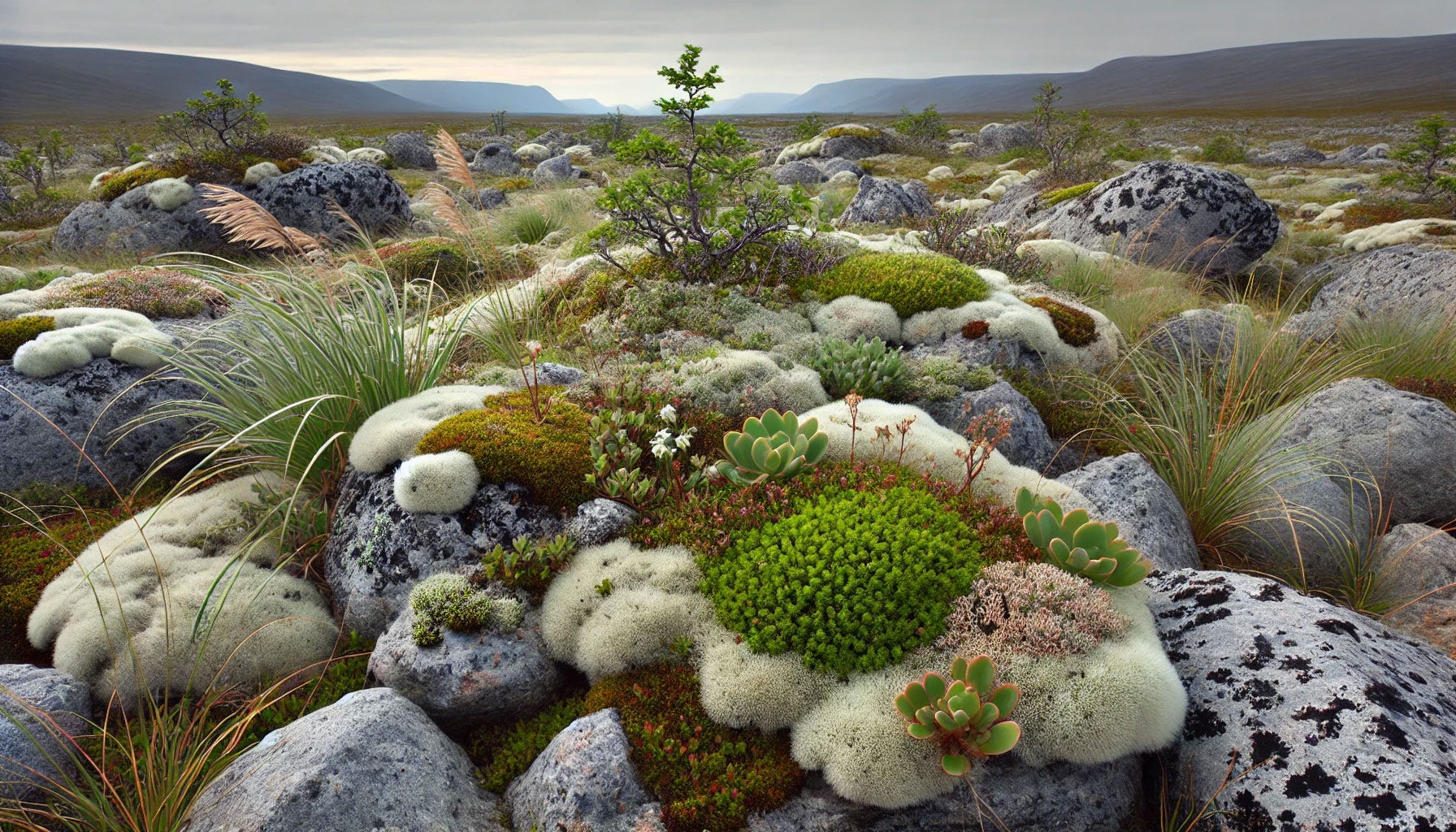
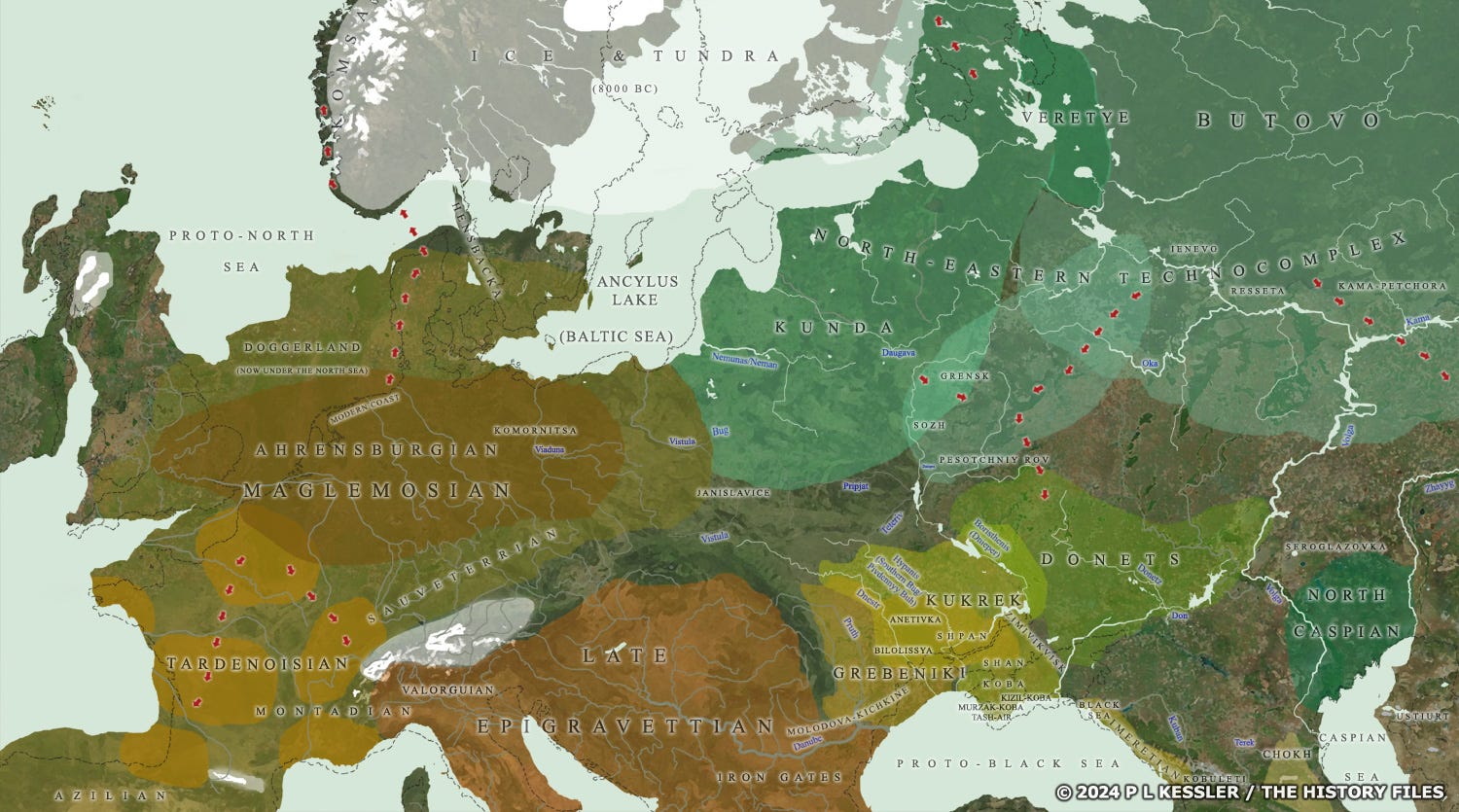
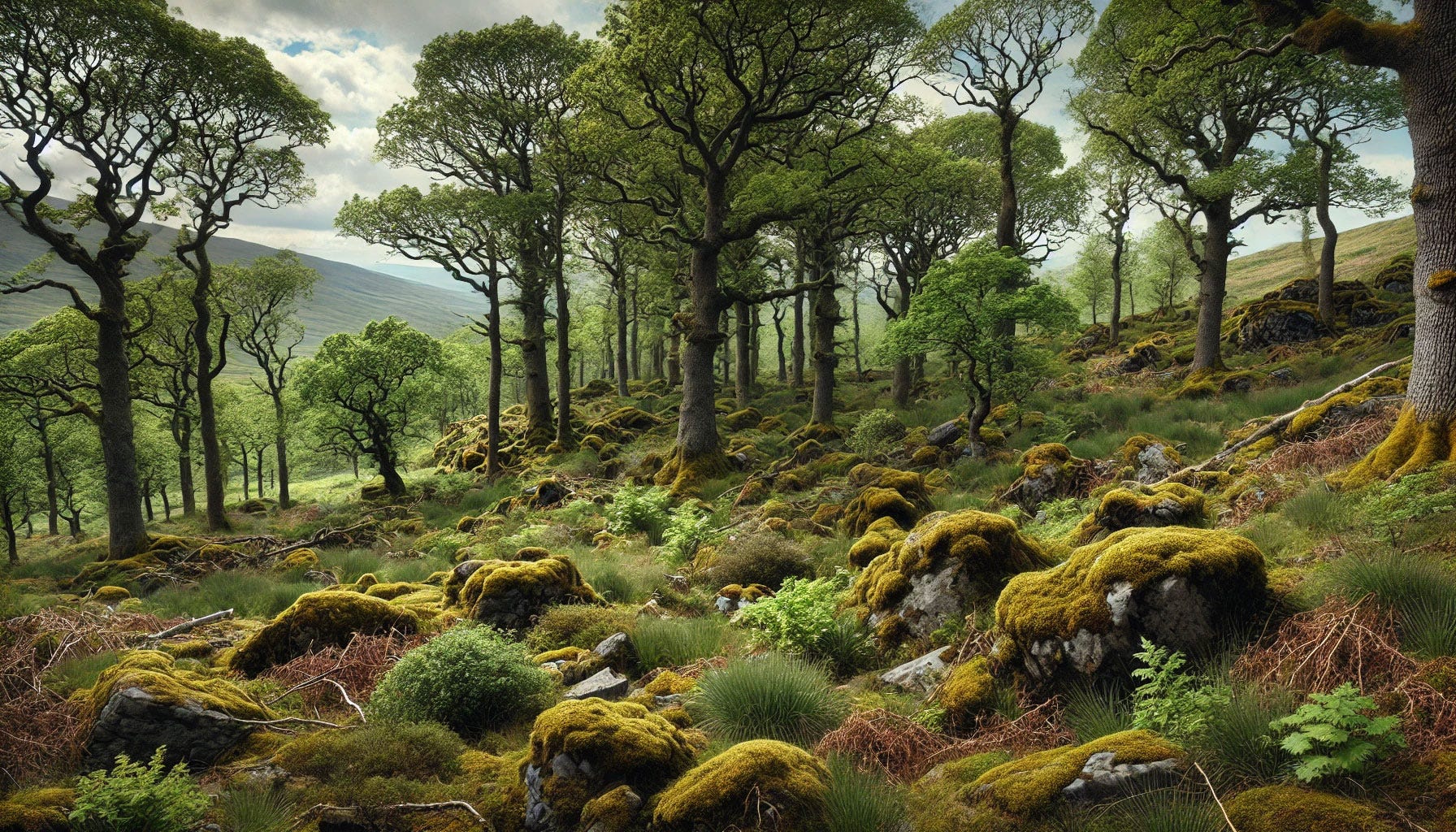
Interesting stuff!
And I've got a new favourite insult - detritivore!
Merry Christmas to you all :-)